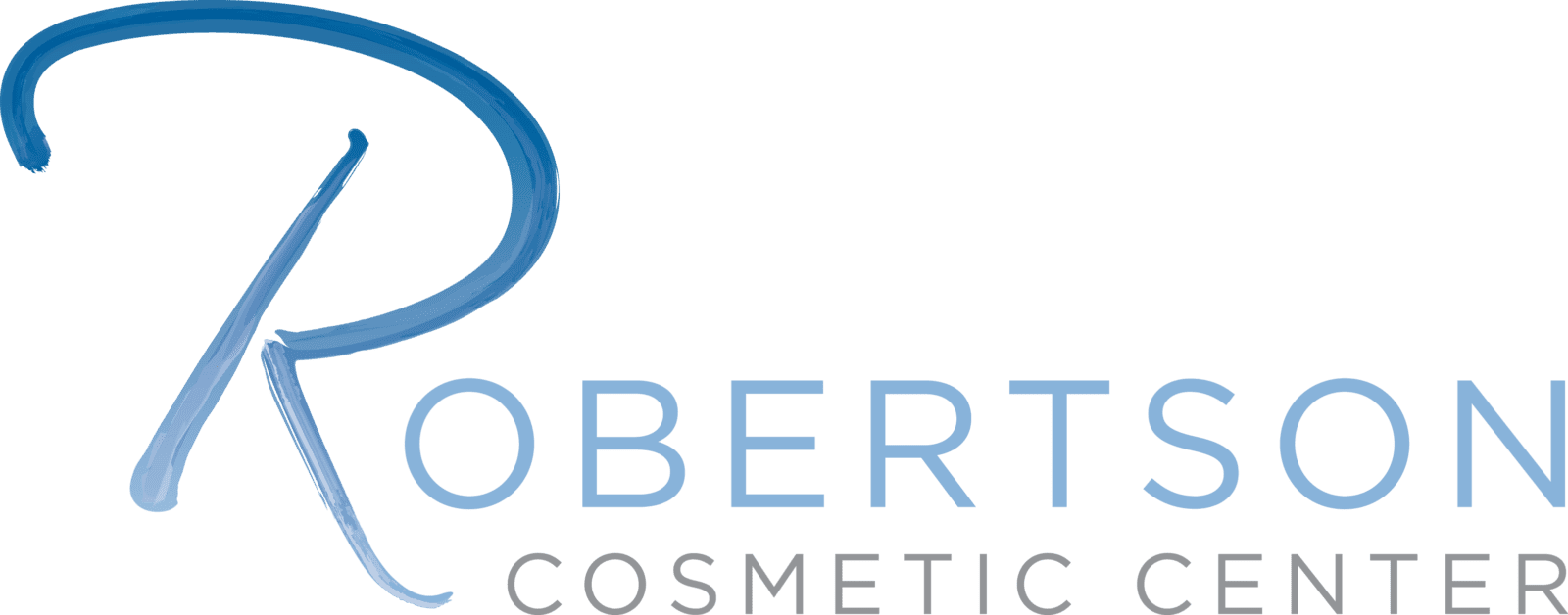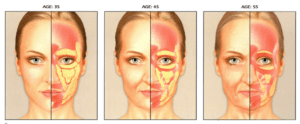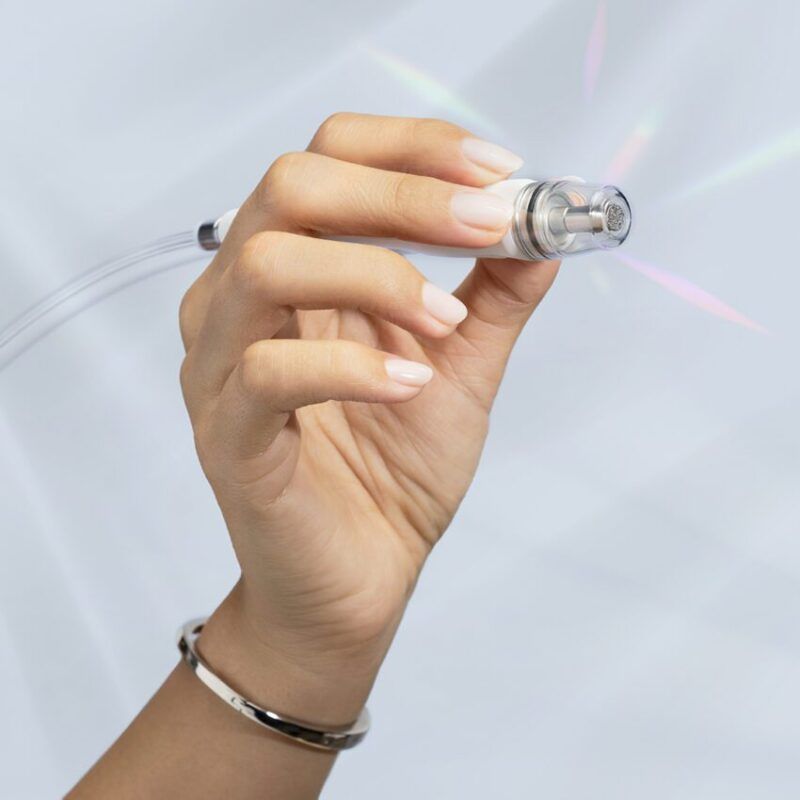Facial rejuvenation continues to evolve as we continue to learn more about the overall aging process. Since the 1970’s, the most common thought to turn back time was a facelift, essentially a procedure where the skin and underlying support elements of the face are released and resuspended. The logic was simple: if it looks saggy, it should be tightened. The debate about the best type of facelift centered on how much release was performed under the skin, under the deeper support system called the SMAS (superficial muscular aponeurotic system), or combined (versions called a composite lift or deep plane facelift). That discussion ruled the plastic surgery journals and national meetings for decades.
Somewhere around the year 2000 a surgeon named Val Lambros and others began to discuss a second contribution to aging. The culprit was described as volume loss. The deflation of the face came with a predictable loss of projection from the facial skeleton and from loss of facial fat. The last 10 years have seen some remarkably elegant studies focusing on fat loss that truly help us better understand this separate component of aging. We now know that volume loss begins in our mid-thirties, often affects our cheeks and midface more than other facial sites, and gathers speed once we hit our fifties. Therefore it is now recognized that facial aging really is a compilation of both descent and deflation.
Innovative surgery now takes advantage of the combination of advanced facelift technique and simultaneous fat transfer. First, volume is restored to the facial structure using microdroplets of fat to gently and smoothly refill cheeks and soften deep nasolabial folds. Then a conventional facelift is performed to reposition all the tissue, including the previously grafted fat. A small portion of fat eventually dissolves, but the majority survives to provide permanent results in just the right site and amount. It softens the face and adds youthful projection. And in many patients, it actually has been shown to improve overall skin quality.



